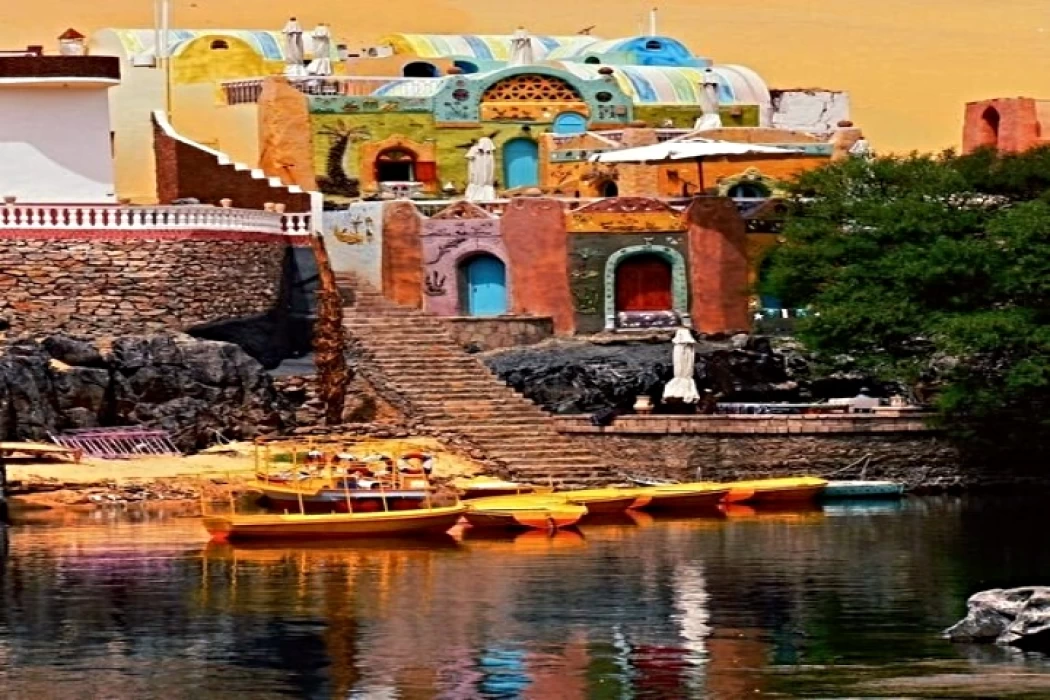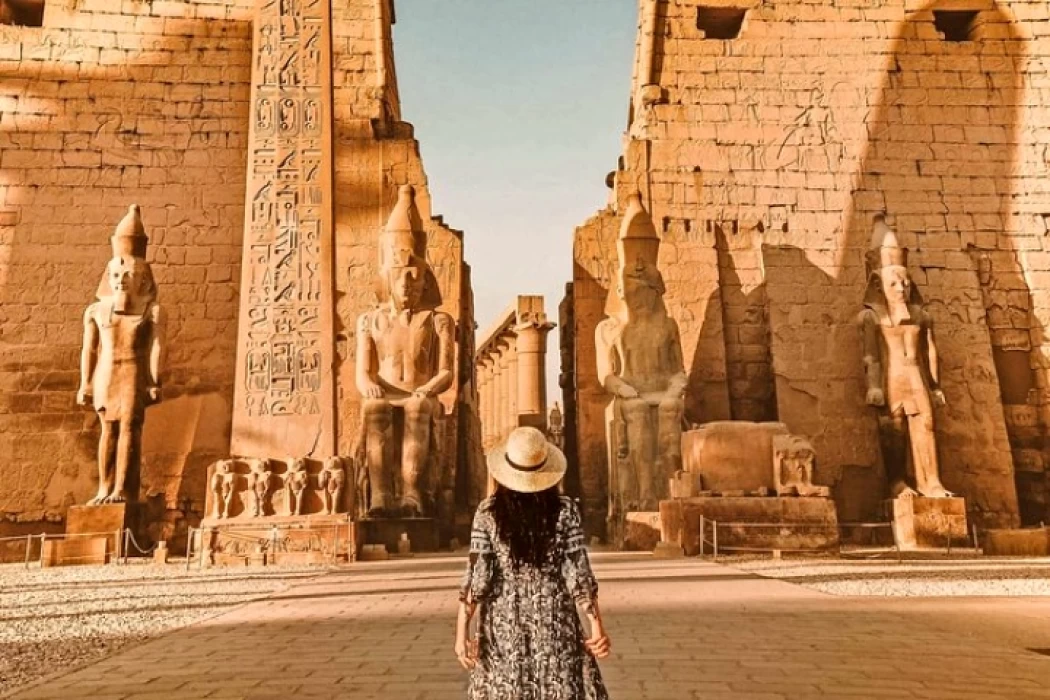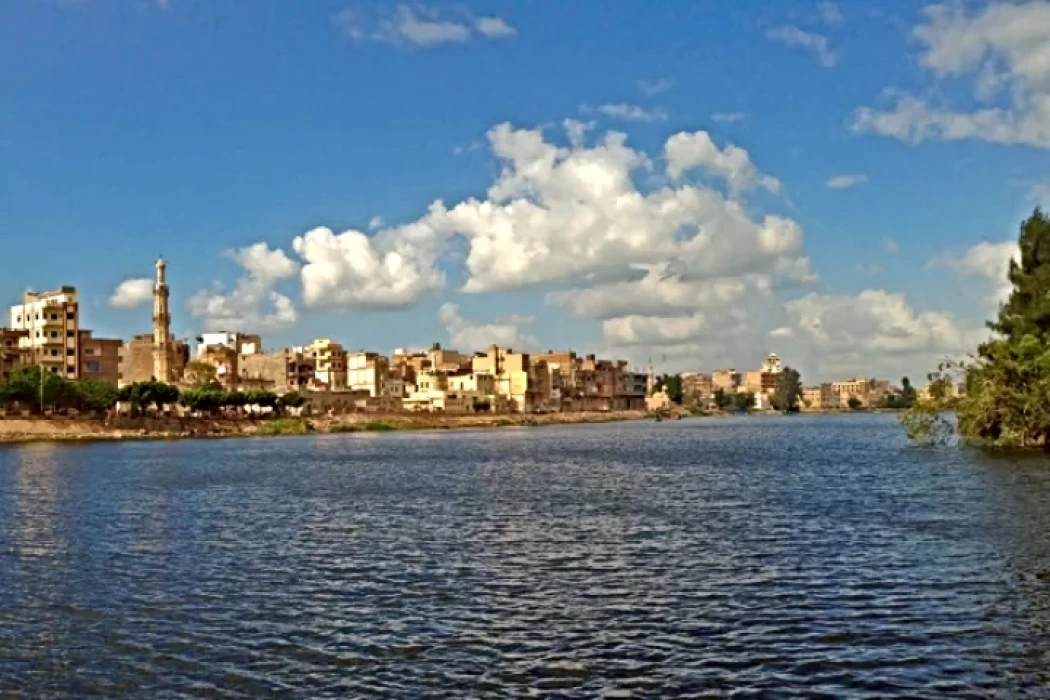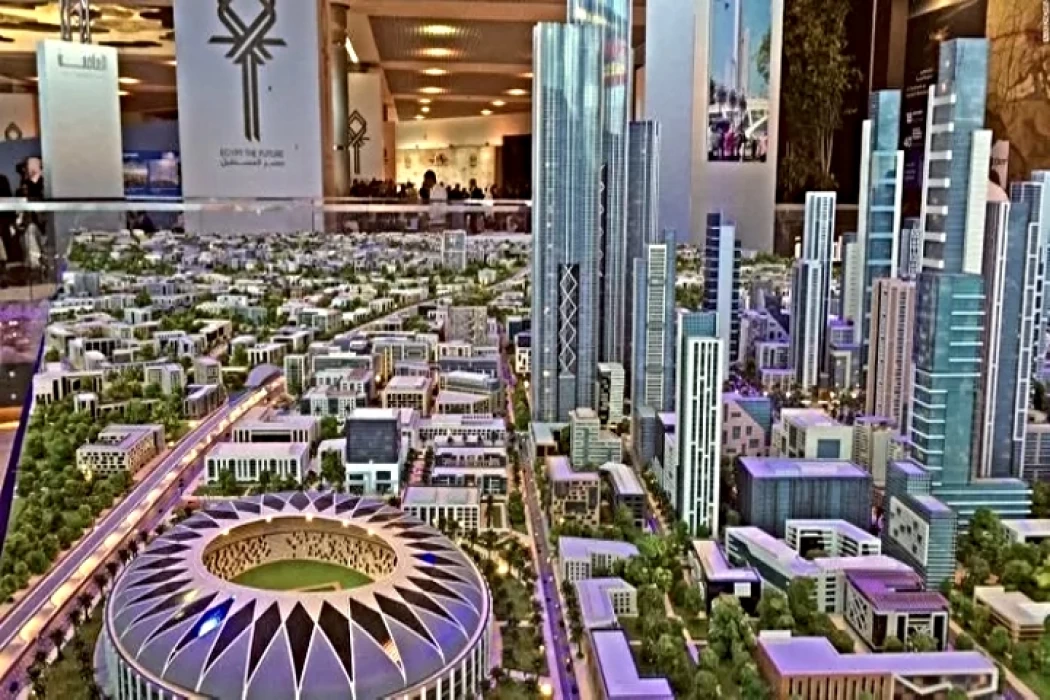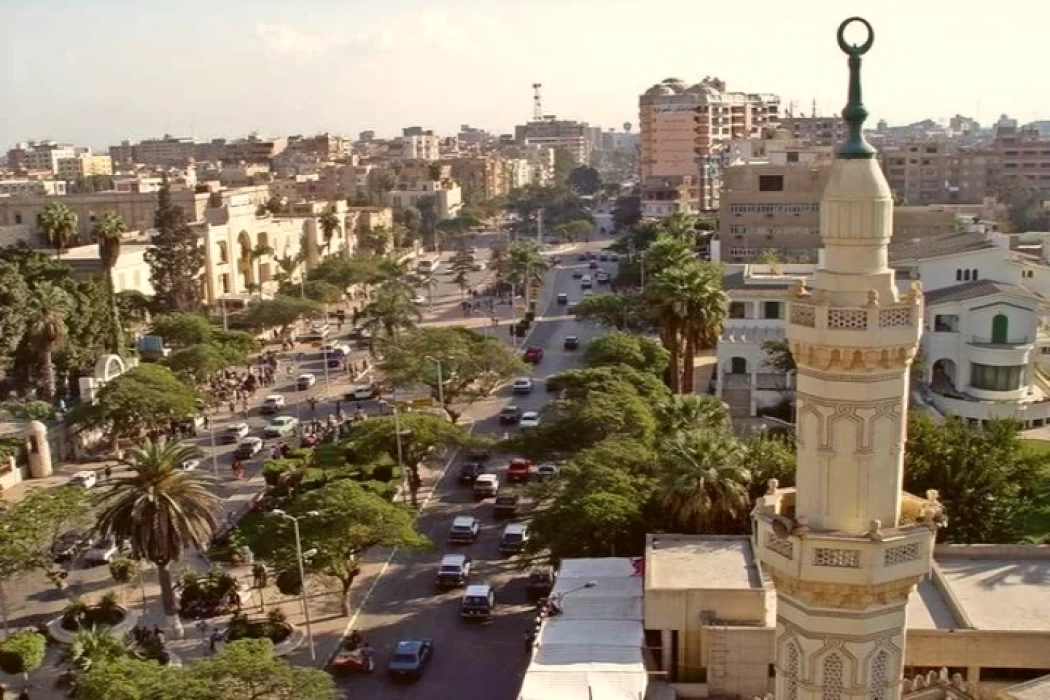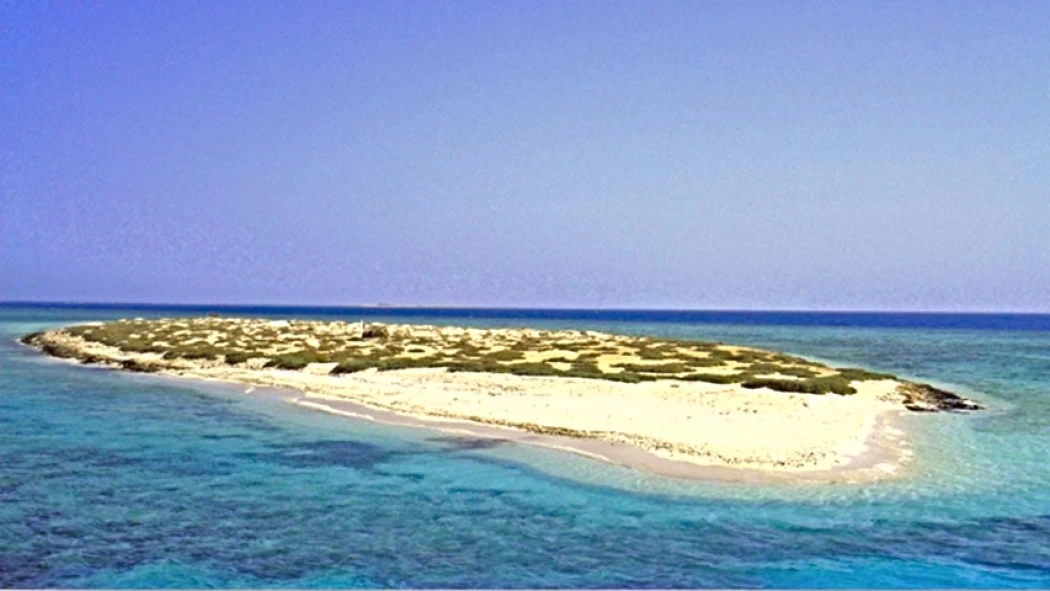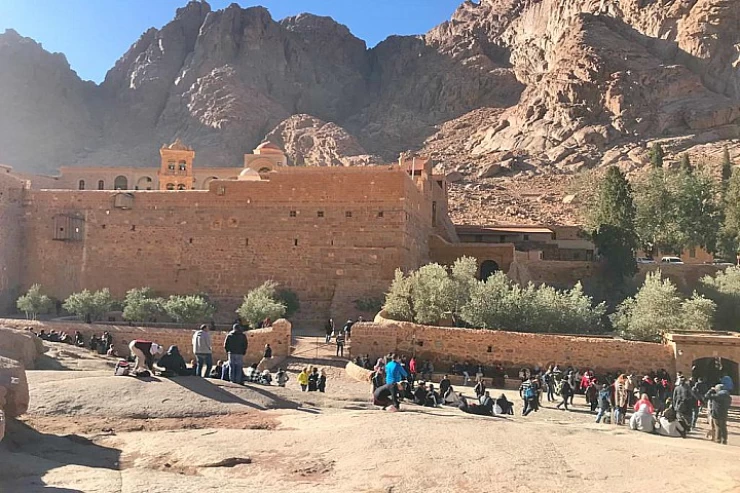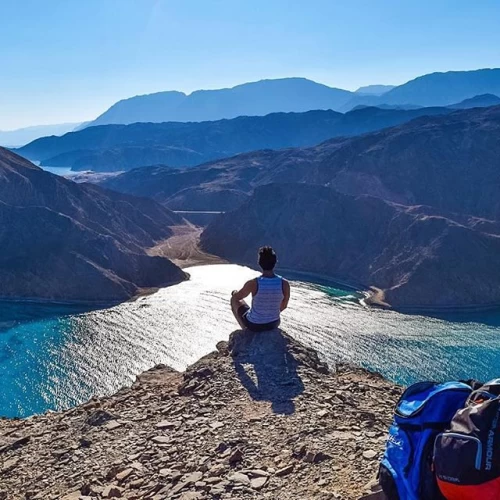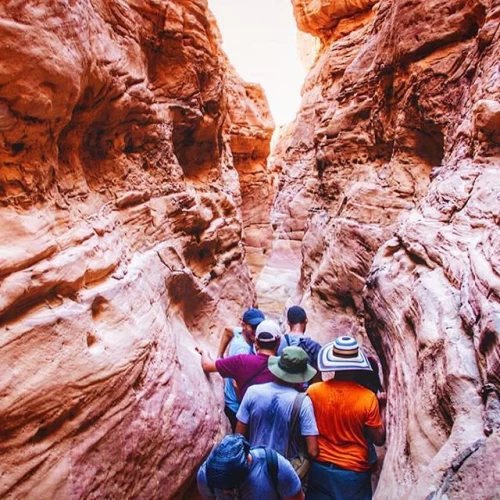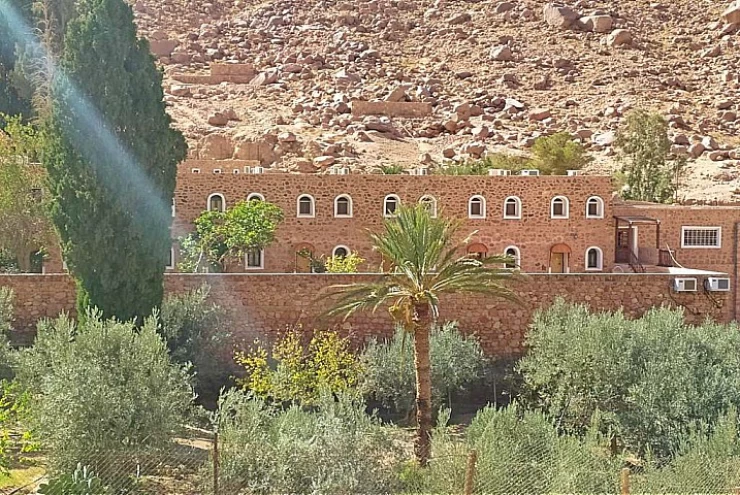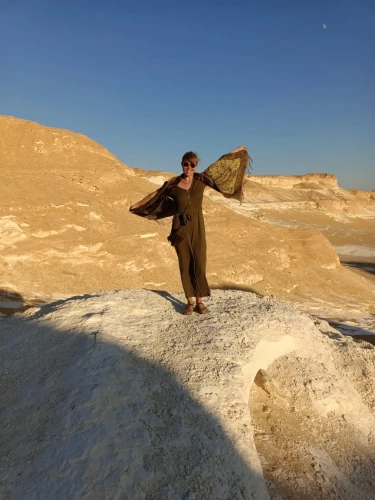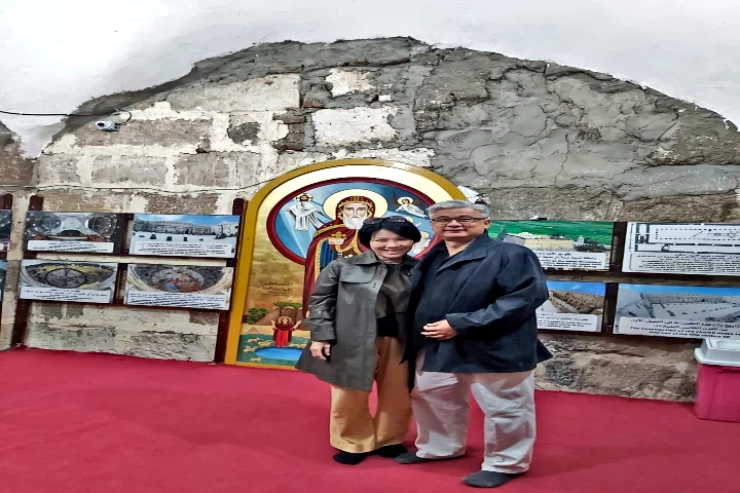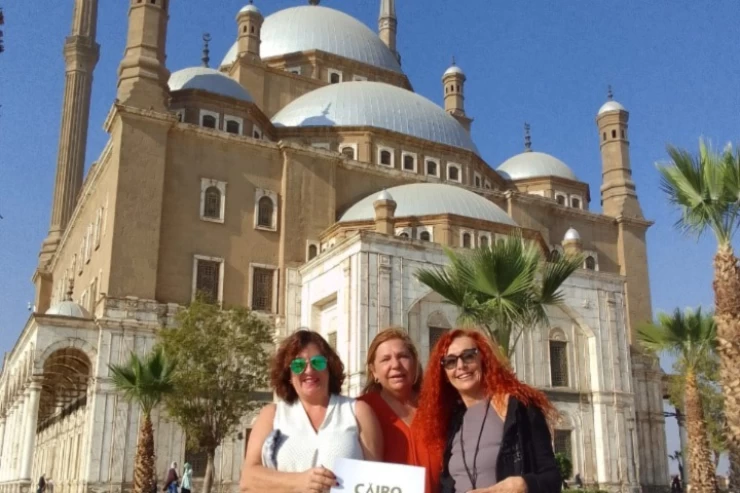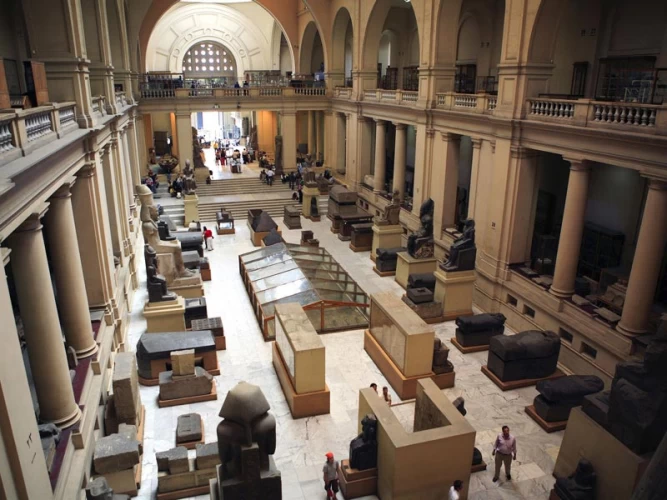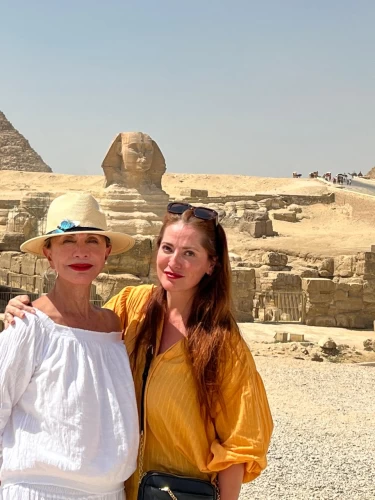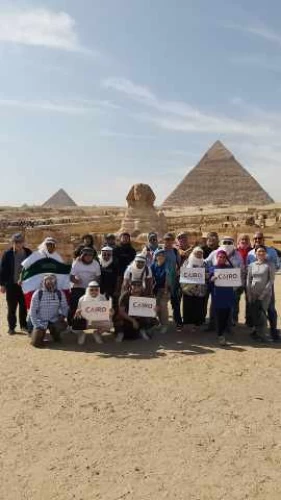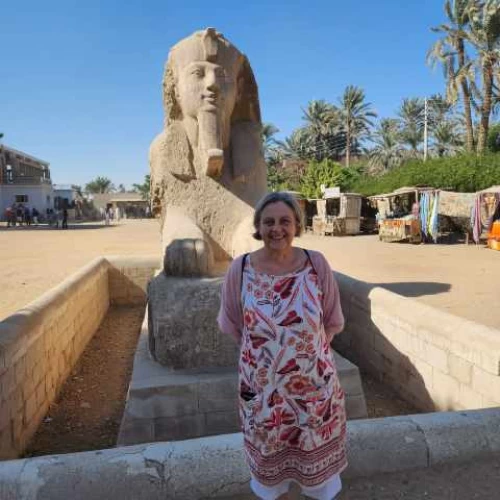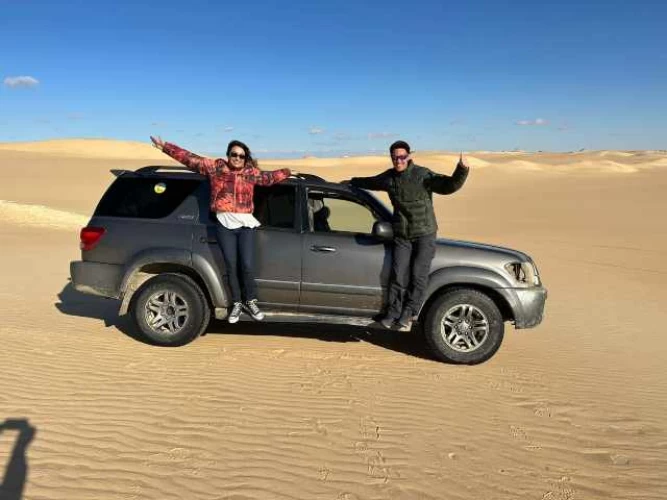
Mount Sinai
Mount Sinai: A Sacred and Geographical Landmark
Mount Sinai, also known as Jebel Musa, is a mountain located in the Sinai Peninsula of Egypt. Renowned for its historical, religious, and cultural significance, Mount Sinai has been a focal point of pilgrimage and scholarly interest for centuries. Its towering presence and profound historical associations make it a landmark of exceptional importance in both religious traditions and geographical studies.
Geographical Features
Mount Sinai rises to approximately 2,285 meters (7,497 feet) above sea level, making it one of the highest peaks in the Sinai Peninsula. The mountain is part of a rugged, rocky range that characterizes the region. The surrounding landscape is marked by dramatic, arid terrain with striking rock formations and deep valleys, which contribute to the area's dramatic natural beauty.
Religious Significance
Judeo-Christian Tradition: Mount Sinai holds profound significance in Judeo-Christian traditions. It is traditionally identified as the site where Moses received the Ten Commandments from God, as described in the Book of Exodus in the Bible. This event is considered a pivotal moment in the history of Judaism and Christianity, symbolizing the establishment of divine law and covenant.
Islamic Tradition: In Islamic tradition, Mount Sinai is also regarded as a holy site. The Quran mentions Moses (known as Musa in Islam) and his encounter with God, although it does not explicitly name the mountain. However, the mountain is recognized in Islamic tradition as a place of significant religious importance.
Pilgrimage and Worship: Throughout history, Mount Sinai has been a destination for pilgrims from various religious backgrounds. The mountain's summit is traditionally associated with the divine revelation, and many visitors undertake the challenging climb to the top to experience a sense of spiritual connection. Monastic and religious communities have established places of worship and retreat in the vicinity, such as the Saint Catherine’s Monastery.
Historical and Cultural Context
Saint Catherine's Monastery: Located at the foot of Mount Sinai, Saint Catherine’s Monastery is one of the oldest continuously operating Christian monasteries in the world. Founded in the 6th century CE by Emperor Justinian I, it is a UNESCO World Heritage site. The monastery houses a rich collection of religious manuscripts, icons, and historical artifacts, making it a center of scholarly research and historical study.
Historical Accounts: Various historical accounts and archaeological studies have sought to explore the significance of Mount Sinai. While some researchers question the exact identification of Mount Sinai with the biblical or Quranic account, the mountain remains a symbol of religious and historical importance. The landscape and its historical context continue to be subjects of scholarly interest.
Tourism and Preservation
Tourism: Mount Sinai attracts thousands of visitors annually, including pilgrims, tourists, and adventurers. The trek to the summit, which can be undertaken either by day or night, offers stunning views of the surrounding desert landscape. The climb is challenging but rewarding, with many hikers reaching the summit to witness breathtaking sunrise or sunset views.
Conservation Efforts: Due to its religious significance and natural beauty, efforts have been made to preserve the integrity of Mount Sinai and its surroundings. Conservation initiatives aim to protect the area from environmental degradation while accommodating the needs of tourists and pilgrims.
Latest Articles
Admin
Aswan Governerate in Egypt
Aswan was known as ‘Sonu’ in ancient Egyptian times, meaning market, as it was a trading centre for caravans coming to and from Nubia. In the Ptolemaic era, it was called ‘Sin’ and the Nubians called it ‘Yaba Swan’. It was also known as the Land of Gold because it served as a great treasure or tomb for the kings of Nubia who lived there for thousands of years. Before the migration, Aswan's borders extended from Asna in the east to the border of Sudan in the south, and its inhabitants were Nubians, but after the Islamic conquest of Nubia, some Arab tribes settled there.
Admin
About Luxor Governorate in Egypt
The South Upper Egyptian area is home to the Egyptian governorate of Luxor. Its capital is Luxor, which was formerly Thebes, the capital of Egypt throughout multiple pharaonic eras. Its centers and cities are spread over both sides of the Nile River. The said governorate was established by Presidential Decree No. 378 of 2009, which was promulgated on the 9th of December of that year.
Admin
History of kafr El Sheikh Governorate
Kafr El Sheikh Governorate, located in the far north of Egypt in the Nile Delta, overlooking the Mediterranean Sea, is characterised by the diversity of natural life and environments, and is one of the Egyptian cities that can be visited after the end of the first semester exams at universities and schools, as it features many diverse tourist and recreational places at symbolic prices within everyone's reach.
Admin
Egypt's New Administrative Capital
The New Administrative Capital is considered the project of the era because it reflects a perfect image of the future and progress on the economic, cultural, social and civilisational level, as the capital is considered the new capital of Egypt at the present time. The importance of the New Capital is that it is a comprehensive transformation of the future of buildings, services and national and mega projects in Egypt.
Admin
Al Gharbia Governorate
The Governorate of Gharbia is inclusive in the geographical area of The Arab Republic of Egypt which is in the African continent, more specifically in the region surrounding the Nile delta, between Damietta and Rashid governance. To the control of the region from the north is Kafr El-Sheikh Governorate, from the south Menoufia Governorate, from the east – Dakahlia, Qalyubia Governorates, and to the west is the Beheira Governorate.
Admin
Hamata Islands (Qulaan Archipelago) in Marsa Alam
Each reserve has several sectors. In Wadi El Gemal Reserve, there is one of the natural areas called the Hamata area or Hamata sector in Wadi El Gemal Reserve. Its sectors are the perfect and most ecological, land and water, and host countless animals and plants found in the oceans and on the land.
